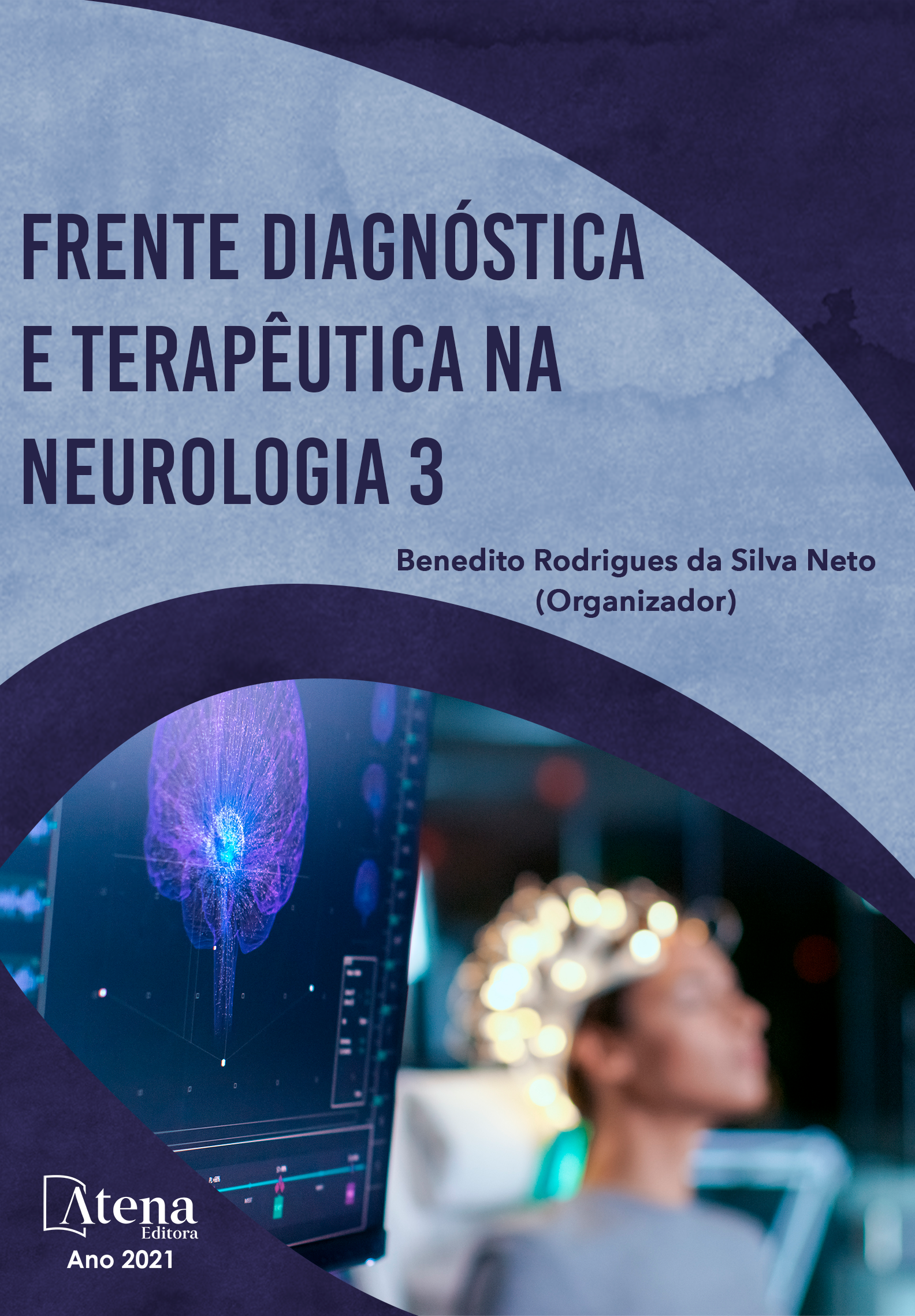
NECROSE AVASCULAR DE CABEÇA FEMORAL: UMA COMPLICAÇÃO GRAVE E POUCO LEMBRADA DA PULSOTERAPIA EM PORTADORES DE ESCLEROSE MÚLTIPLA
Pacientes portadores de Esclerose Múltipla (EM) são, frequentemente, acometidos por surtos (déficit neurológico focal agudo), sendo tratado com corticosteroides. A Necrose Avascular de Cabeça de Fêmur (NACF) é uma das complicações mais graves da corticoterapia. Homem de 32 anos, foi diagnosticado em julho de 2016 com EM e Neurite Óptica. Em agosto de 2016 foi realizado pulsoterapia com 5g de metilprednisolona, com melhora parcial dos sintomas. Após dois meses da primeira pulsoterapia, realizou-se uma segunda, sob indicação de outro especialista. No terceiro dia pós-pulsoterapia, paciente foi internado sob forte dor osteomuscular e imobilidade na região coxofemoral bilateralmente. Levantada a hipótese de miosite, que foi diagnosticada por RNM de MMII, mas não evidenciou sinais de NACF. Instituído tratamento com corticoide oral, permaneceu sintomático, só que no 6º dia de internação evoluiu com Insuficiência Respiratória Aguda, com diagnóstico de Pneumonia Nosocomial. Paciente levado a UTI e iniciada antibioticoterapia. Após 16 dias de internação, paciente recebeu alta hospitalar, ainda com quadro doloroso e melhora parcial da mobilidade. Para investigação do persistente quadro, foi feita uma RNM de MMII após 2 semanas da alta, evidenciando a NACF bilateral. Paciente foi encaminhado à artroplastia bilateral, resultando melhora total do quadro doloroso. A ocorrência da NACF e a quantidade de lesões necróticas estão relacionadas diretamente com a dose e a duração da corticoterapia, com maior risco de ocorrência em dosagens acima de 40mg/dia ou acumulada de 4g, principalmente nos três primeiros meses de tratamento. No presente caso, o paciente desenvolveu NACF após 10g de corticoides. Do ponto de vista clínico, a NACF pode ser assintomática, mas os sintomáticos apresentam dor na região do quadril, que pode se confundir como sintoma da EM. Destarte, pacientes com EM submetidos a terapias com corticosteroides devem ser avaliados cuidadosamente quanto a uma possível NACF.
NECROSE AVASCULAR DE CABEÇA FEMORAL: UMA COMPLICAÇÃO GRAVE E POUCO LEMBRADA DA PULSOTERAPIA EM PORTADORES DE ESCLEROSE MÚLTIPLA
-
DOI: 10.22533/at.ed.15421130115
-
Palavras-chave: Necrose Avascular de Cabeça Femoral; Esclerose Múltipla; Corticosteroide; Diagnóstico
-
Keywords: Avascular Necrosis of the Femoral Head; Multiple sclerosis; Corticosteroids; Diagnosis
-
Abstract:
Patients with Multiple Sclerosis (MS) are frequently affected by clinical attacks (acute focal neurological deficit), being treated with pulse therapy of corticosteroids. Avascular Necrosis of the Femoral Head (ANFH) is one of the most serious complications of corticosteroid therapy. A male patient with 32 years old, was diagnosed in July 2016 with MS and Optic Neuritis. In August 2016, pulse therapy was performed with 5g of methylprednisolone, partial improvement of symptoms. Two months after the first pulse therapy, if a second, under the recommendation of another specialist. On the third day after pulse therapy, the patient was hospitalized under severe musculoskeletal pain and immobility in the coxofemoral region bilaterally. The hypothesis of myositis was raised, which was diagnosed by lower limb MRI, but there is no evidence of signs of ANFH. Treatment with oral corticosteroids was instituted, he remained symptomatic, but on the 6th day of hospitalization he developed Acute Respiratory Insufficiency, with a diagnosis of Nosocomial Pneumonia. Patient taken to the ICU and administered antibiotic therapy. After 16 days of hospitalization, the patient leaves the hospital, still with painful conditions and partial mobility improvement. To investigate the persistent condition, an LLM MRI was performed 2 weeks after discharge, showing a bilateral ANFH. Patient was referred for bilateral arthroplasty, diagramming total improvement of the painful condition. The occurrence of NACF and the number of necrotic lesions are directly related to the dose and duration of corticosteroid therapy, with a higher risk of occurrence in dosages above 40mg / day or accumulated of 4g, especially in the first three months of treatment. In the present case, the patient patient ANFH after 10g of corticosteroids. From a clinical point of view, ANFH can be asymptomatic, but symptomatic patients present pain in the hip region, which can be confused as a symptom of MS. Therefore, patients with MS taking corticosteroid therapies should be recovered for possible ANFH.
-
Número de páginas: 8
- Andressa Pimentel Afiune
- Itallo de Almeida Pinheiro
- João Vitor Percussor Silva
- Gabriella Luanda Oliveira Diniz
- Denise Sisterolli Diniz
- Lucas Maia da Costa Eloy Pimenta


